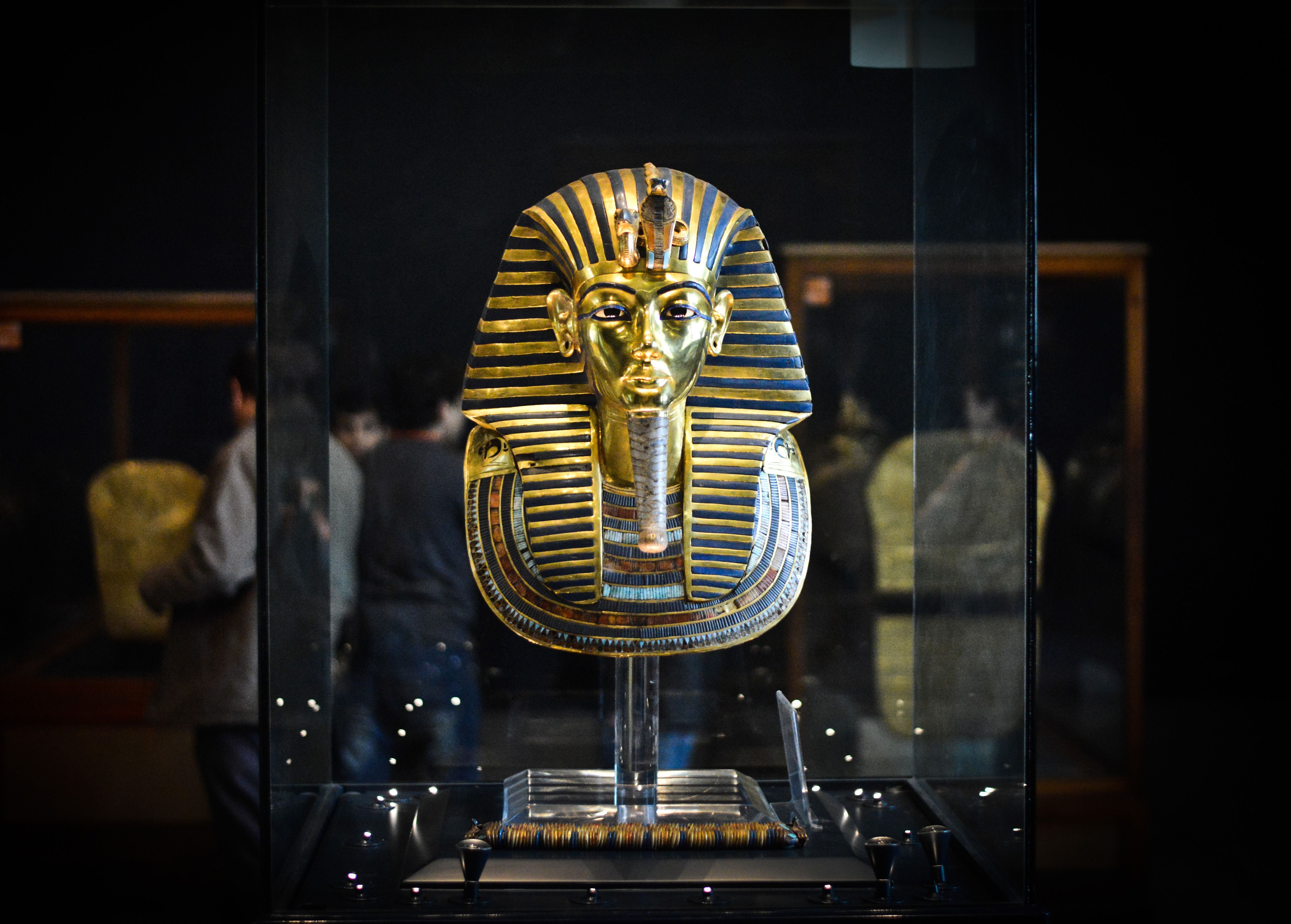Carter, Tutankhamun and the forgotten Egyptian workers
The discovery of the Boy King’s tomb in November 1922 stunned the world. A hundred years later, Rory Sullivan examines its enduring legacy on popular culture and Egyptology

Five words scrawled sideways across an otherwise empty page heralded what would become the most publicised of all archaeological discoveries. “First steps of tomb found,” Howard Carter wrote in his diary on 4 November 1922, four days into an excavation in Egypt’s Valley of the Kings, where he had been working for the previous five years with the financial backing of the amateur archaeologist Lord Carnarvon.
Over the following months and years, the finds from Tutankhamun’s tomb caused a significant global stir. Unusually, the wealth of goods accompanying the young ruler on his journey to the afterlife had largely been undisturbed by grave robbers, owing to the chance construction of necropolis workers’ huts above the site’s entrance during a later dynasty.
So it was that the only more-or-less intact royal burial ever discovered from ancient Egypt yielded up its treasures: a solid gold coffin, abundant jewellery, royal chariots, faience shabti, a panoply of divine statues and much else.
Subscribe to Independent Premium to bookmark this article
Want to bookmark your favourite articles and stories to read or reference later? Start your Independent Premium subscription today.
Join our commenting forum
Join thought-provoking conversations, follow other Independent readers and see their replies